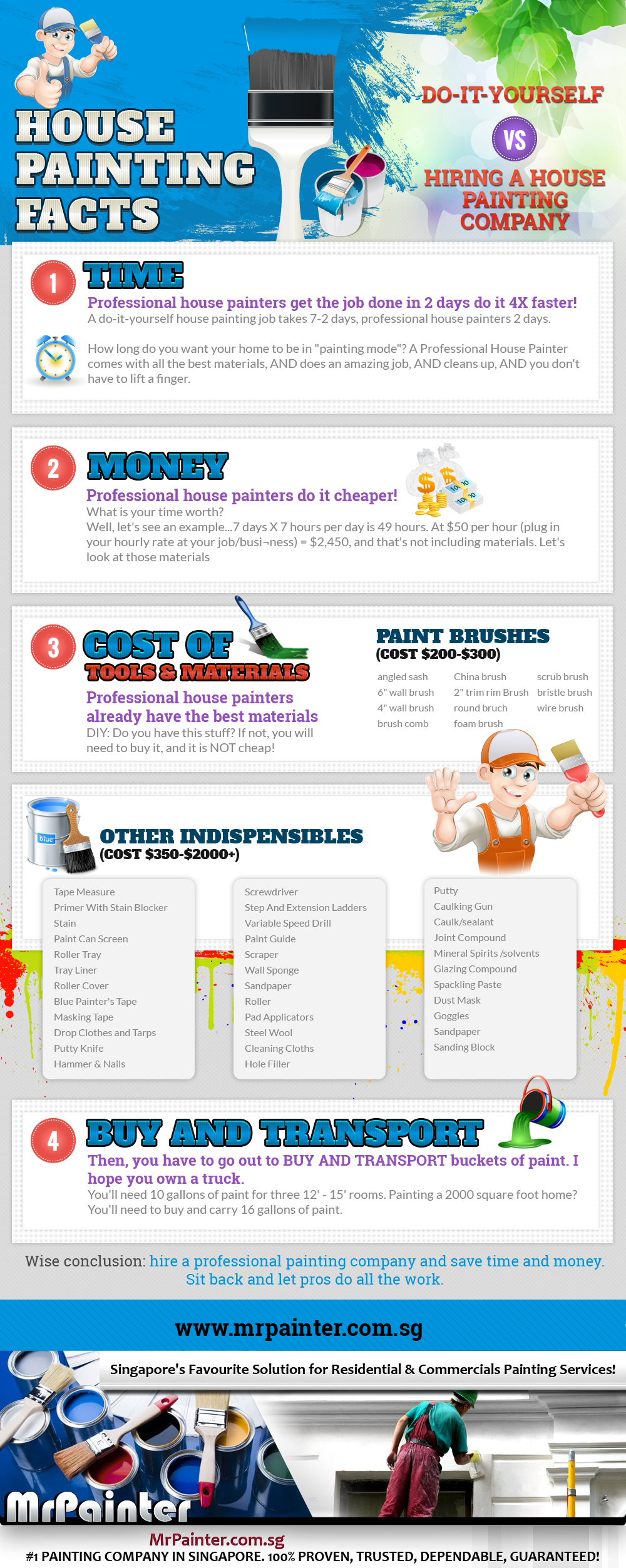Learn More About The Ways In Which Seasonal Elements Can Impact The Success Of Industrial Outside Paint And Determine The Best Times To Achieve Enduring Results For Your Job
Learn More About The Ways In Which Seasonal Elements Can Impact The Success Of Industrial Outside Paint And Determine The Best Times To Achieve Enduring Results For Your Job
Blog Article
Author-McLamb Whalen
When you're planning a business outside painting task, seasonal variables can make or break your outcomes. You'll intend to take into consideration just how temperature and moisture impact paint application and drying out times. Choosing the appropriate period can ensure your paint adheres properly and lasts longer. However which seasons are absolutely the best for this type of work? Let's check out the crucial elements that can influence your task's success.
The Impact of Temperature Level on Paint Application
When you're intending an industrial outside paint task, the temperature can significantly affect how well the paint adheres and dries.
Preferably, you intend to paint when temperatures range in between 50 ° F and 85 ° F. If it's also cool, the paint may not heal appropriately, resulting in problems like peeling off or breaking.
On the other hand, if it's as well hot, the paint can dry out as well promptly, preventing proper bond and leading to an unequal coating.
You ought to likewise take into consideration the moment of day; early morning or late afternoon supplies cooler temperature levels, which can be much more positive.
Always check the supplier's referrals for the details paint you're making use of, as they typically offer advice on the perfect temperature array for optimal results.
Humidity and Its Impact on Drying Times
Temperature level isn't the only environmental element that influences your industrial external painting project; humidity plays a considerable function also. High humidity degrees can slow down drying out times dramatically, impacting the total top quality of your paint job.
When the air is saturated with moisture, the paint takes longer to cure, which can result in issues like poor bond and a higher risk of mildew growth. If you're repainting on an especially humid day, be prepared for extensive delay times between coats.
It's crucial to keep track of local weather conditions and plan accordingly. Ideally, aim for moisture levels in between 40% and 70% for optimum drying out.
Maintaining these factors in mind guarantees your project stays on track and provides a lasting coating.
Best Seasons for Commercial Outside Paint Projects
What's the very best time of year for your business exterior paint jobs?
Springtime and early fall are generally your best choices. During just click the up coming page , temperature levels are mild, and moisture degrees are often reduced, creating optimal conditions for paint application and drying out.
Avoid summer's intense heat, which can create paint to completely dry also promptly, causing inadequate adhesion and coating. Likewise, winter's chilly temperature levels can impede proper drying and curing, taking the chance of the longevity of your paint work.
Aim for days with temperature levels between 50 ° F and 85 ° F for optimum outcomes. Remember to check click this link here now for rainfall, as wet problems can wreck your project.
Preparation around these elements ensures your painting project runs smoothly and lasts longer.
Final thought
Finally, planning your commercial external painting tasks around seasonal factors to consider can make a considerable distinction in the end result. By organizing work during the suitable temperatures and moisture levels, you'll ensure better adhesion and drying times. Remember to watch on neighborhood weather report and pick the correct time of year-- springtime and very early loss are your best bets. Taking these steps will certainly help you attain a long lasting and expert surface that lasts.
